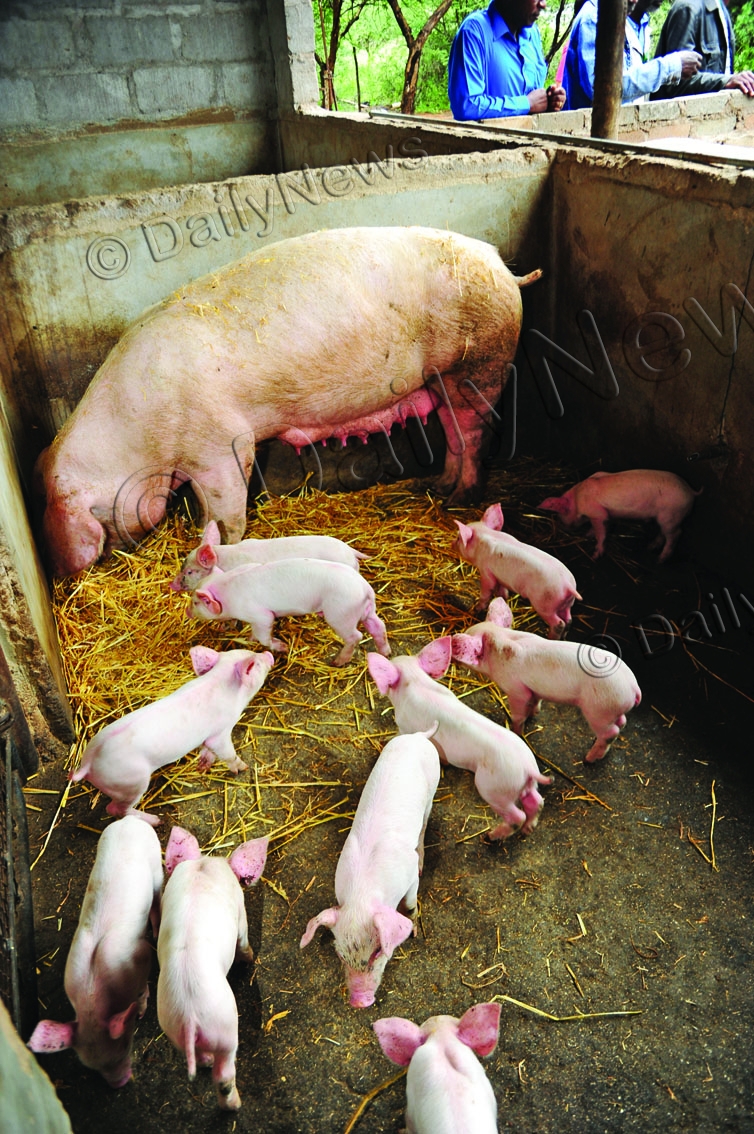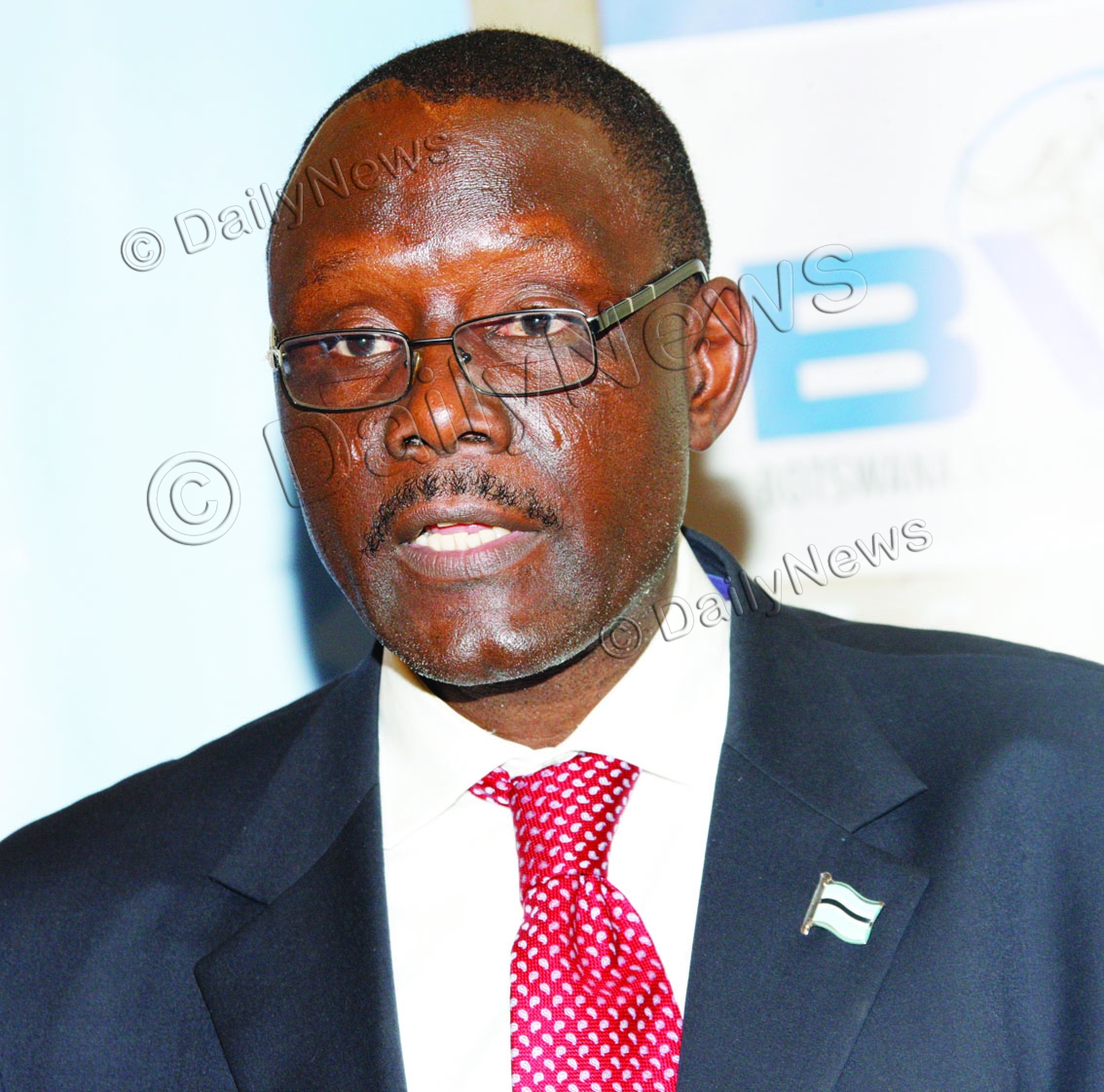Integrated farming option for efficient sustainable food production
03 Aug 2015
To Africans, there is nothing unique about integrated farming. It has been practised from time immemorial. Maybe the difference is that it was not well structured as it is the case today.
During those times, crop farmers would manage livestock while herders would cultivate.
This was not a result of pressure from human and livestock on land but the need to utilise the limited labour force to the maximum.
In an interview, Animal Production director, Phillemon Motsu, says integrated farming refers to practising various agricultural enterprises (arable, horticulture, small stock, beef, etc), which are compatible and support each other in an enclosed parcel of land.
The various agricultural enterprises are all in the same management unit.
In this era where land is shrinking due to population pressure and unavailability of labour, integrated farming can be an option for efficient and sustainable means of increasing food production.
Motsu says integrated farming allows a landholder to concentrate production efforts on a single piece of land, thus saving the farmer labour and costs in developing more than one piece of land. This means efficient use of inputs.
He says it creates opportunity to improve overall productivity of the land as well as providing opportunity to use waste materials and residues of enterprise to improve other enterprises at least costs.
Motsu reckons that integrated farming facilitates production of a variety of food and sources of nutrition for households while at the same time providing flow of income to the farmer round the year.
Looking at environmental safety, Motsu says in an integrated farming setup, waste materials are effectively recycled by engaging in compatible enterprise, thus reducing environmental pollution.
He is also of the opinion that in an integrated farming setup, perennial fodder plants can be used as wind breakers around fields hence relieve the problem of fodder shortage.
On whether Batswana farmers have adopted the initiative, Motsu responds in the affirmative though he says not many, saying currently people are applying for new parcels of land to do integrated farming as opposed to practising integrated farming on land that they already owned.
Motsu says most farmers in the North East District practise integrated farming, probably by default due to shortage of land in the district.
Asked on best combination of integrated farming looking at Botswana condition, Motsu says most agricultural enterprises are compatible and complement each other with regard to horticulture, small stock, poultry, piggery, fishery and ostrich and all with arable farming.
Manure from poultry or small stock can be used by plants while crop residues can be used to feed livestock. However, Motsu says dairy is not compatible with poultry or piggery for hygienic purposes.
A cross-section of farmers tend to confuse integrated farming with cluster fencing hence in this regard Motsu explains that integrated farming allows inclusion of livestock whereas cluster fencing excludes livestock in arable fields.
He says if a farmer wants to practise integrated farming in a cluster area, he or she should fence off his or her parcel of land to avoid conflict with other members of the cluster.
Any farming enterprise has its own disadvantages. Motsu points out that integrated farming may compromise production of staple food (cereals, horticulture and beef) hence impact negatively on food security.
“Food security is paramount and emphasis should be on production of cereals, horticulture, beef, and other sources of protein,” he says.
Motsu further says the true potential of an enterprise may not show in an integrated farming setup hence low yield from the practised farming due to competition for resources, adding that the limited suitable land may be taken over by other uses which do not necessarily need such.
Another negative factor, says Motsu, is that one enterprise that is not viable may use profits from other enterprises thereby reduce profitability of others without being noticed.
However, all in all, Motsu says different parts of Botswana are suitable for different agricultural practices, saying the same labour can be used to operate the different enterprises.
Motsu says currently agriculture’s contribution to GDP is 2.4 per cent.
"As we diversify our economy and reduce our dependency on the mineral sector, agriculture, together with other sectors such as tourism, manufacturing, finance and others, will become more crucial in our development agenda,” he reckons. Ends
Source : BOPA
Author : Epena Ngatangue
Location : Gaborone
Event : Interview
Date : 03 Aug 2015








